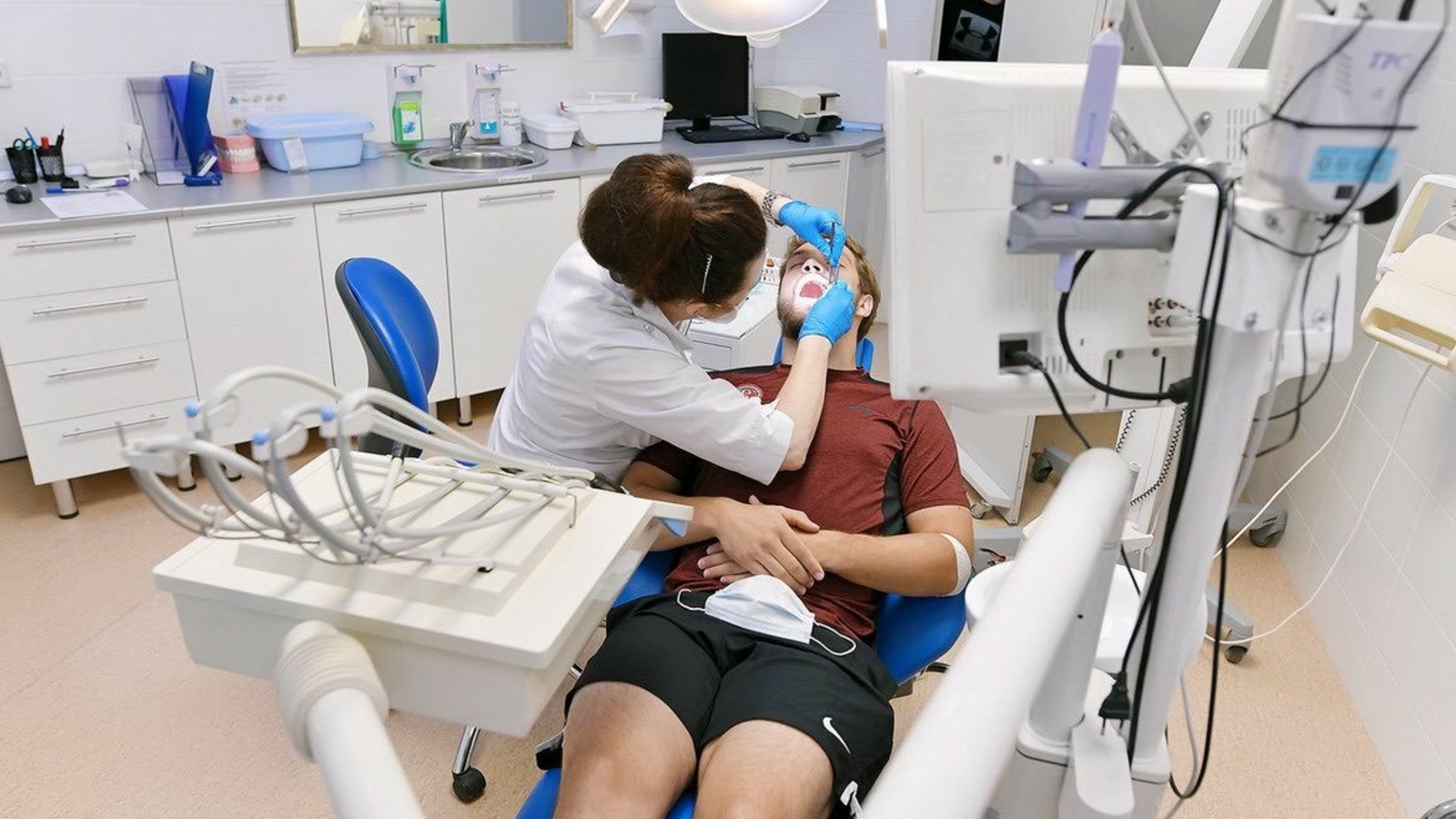
«Sports medicine: research and practice» − the one and only specialized research and practical journal in sports medicine and doping studies in Russia.
The aim of the journal «Sports medicine: research and practice» - to provide information for physicians (team physicians, prophylactic centers doctors, pharmacists, cardiologists, traumatologists, psychologists, physiotherapists, functional diagnosticians) based on native and foreign experience and scientific achievements in sports medicine, doping studies and rehabilitation programs for athletes.
The objectives of the journal «Sports medicine: research and practice» - informing readers about the advanced world experience in the field of science among disciplines related to sports medicine: sports physiology and biochemistry, sports traumatology and rehabilitation, sports nutrition and pharmacological support, the use of doping and others; highlighting the importance of a multidisciplinary approach to the physical and psychological health of athletes; international cooperation on the exchange of scientific experience in the field of sports medicine.
Journal sections:
- Sports Physiology and Biochemistry
- Sports Supplements
- Sports Pharmacology
- Doping Studies
- Prehospital Care and Emergency Medicine
- Rehabilitation
- Functional Testing
- Biomedical Technologies
- Sports Hygiene
- Sports Traumatology
- Sports Psychology
- Sports Sociology and Pedagogics
- Organization of Training Process
- Medical Control
- Paralympic Sports
- Medical Care for Retired Athletes
- Sports Medicine Management
Special sections:
- Sports Medicine Conferences Digest and Interviews
- Medical Education
- News
- Anniversaries and Memorable Days
Types of published materials:
- original research
- articles review
- clinical cases
- editorial
The journal papers are directly accessible for everyone due to the principle of free open access to research results, which contributes to a faster growth of new knowledge.
According to the Decision of the Presidium of the Higher Attestation Commission (HAC) «Sports medicine: research and practice» journal is included into the list of leading peer-reviewed scientific journals where the main results of the thesis for the degree of doctor and candidate of sciences should be published.
Current issue
ORGANIZATION OF TRAINING PROCESS
SPORTS PHYSIOLOGY AND BIOCHEMISTRY
SPORTS PHARMACOLOGY
SPORTS DISEASES
SPORTS SUPPLEMENTS
SPORTS HYGIENE
REHABILITATION
Announcements
2025-11-07
XVII Международный симпозиум по спортивной медицине и реабилитологии под эгидой Первого МГМУ им. И. М. Сеченова
2024-10-17
XVI Международный симпозиум по спортивной медицине и реабилитологии под эгидой Первого МГМУ им. И.М. Сеченова
Уважаемые коллеги!
28–29 ноября 2024 приглашаем вас принять участие в XVI Международном симпозиуме по спортивной медицине и реабилитологии под эгидой Первого МГМУ им. И.М. Сеченова.
2024-07-02
Эдуард Безуглов – о влиянии чистки зубов на здоровье футболистов

Чистка зубов после тренировки для «улучшения» физической работоспособности, постнагрузочного восстановления и снижения травматизма – ничем не подтвержденный миф, но здоровье зубов для футболистов действительно важно.
Подробнее в блоге медицинского комитета РФС.
| More Announcements... |



































